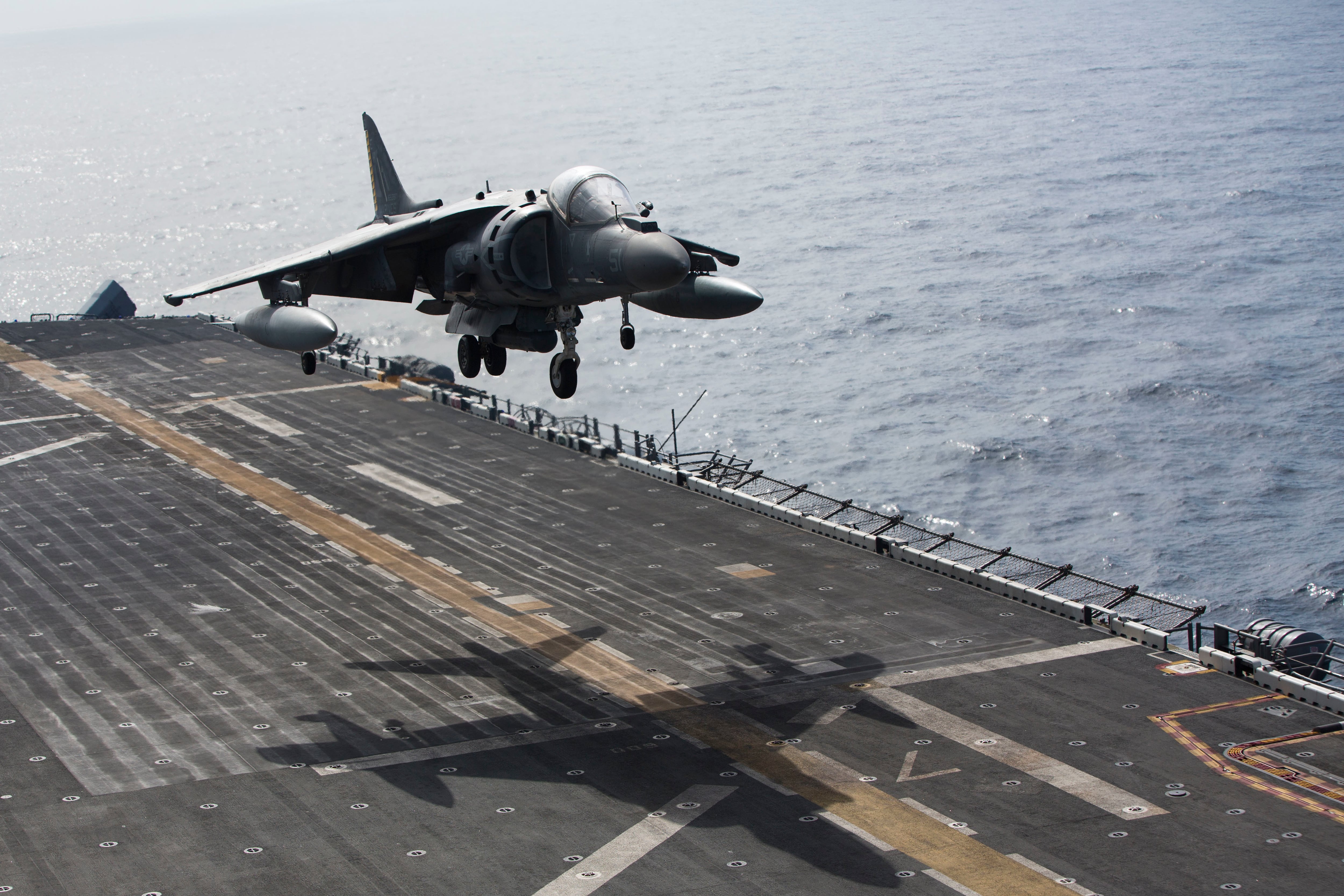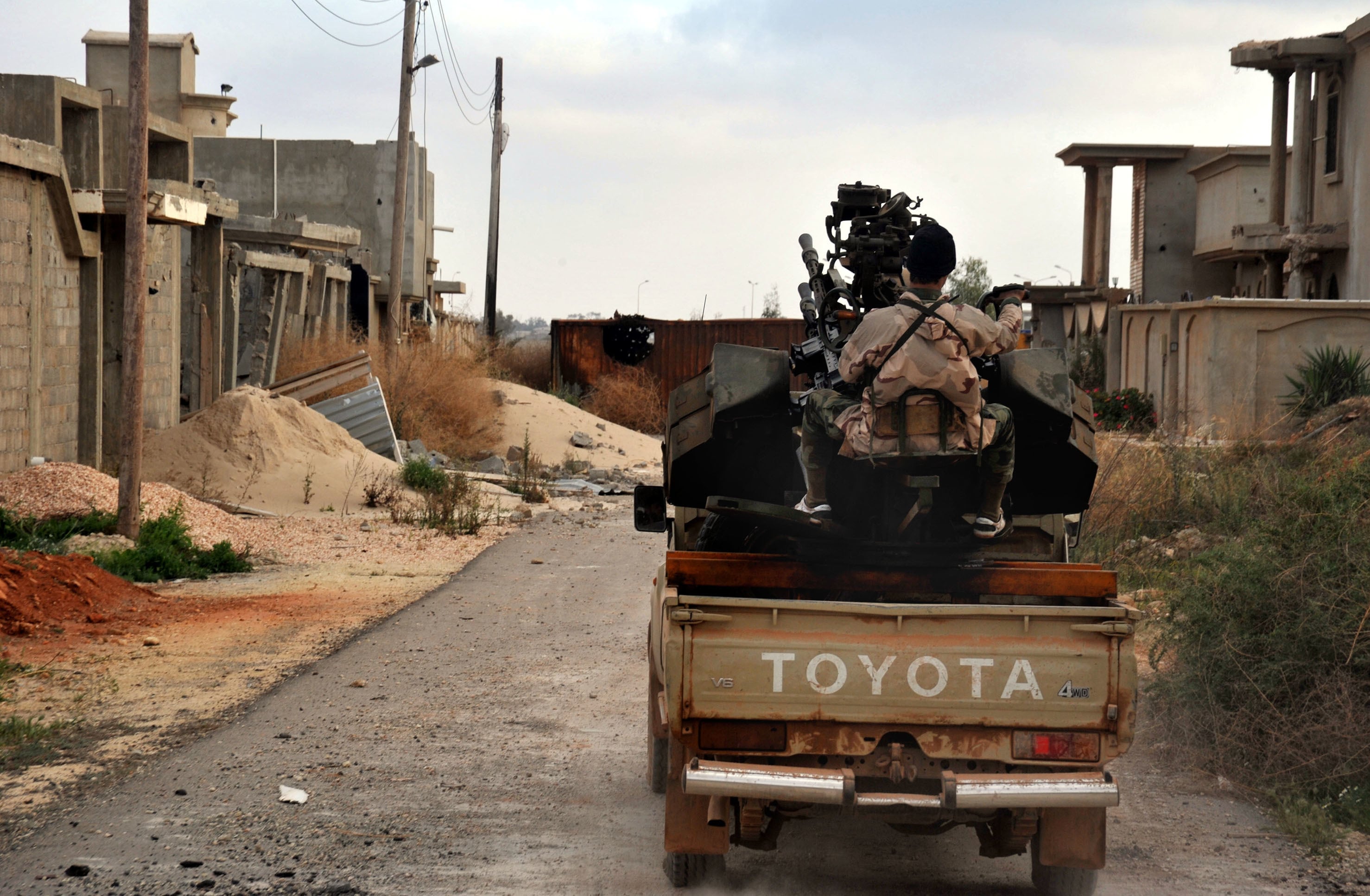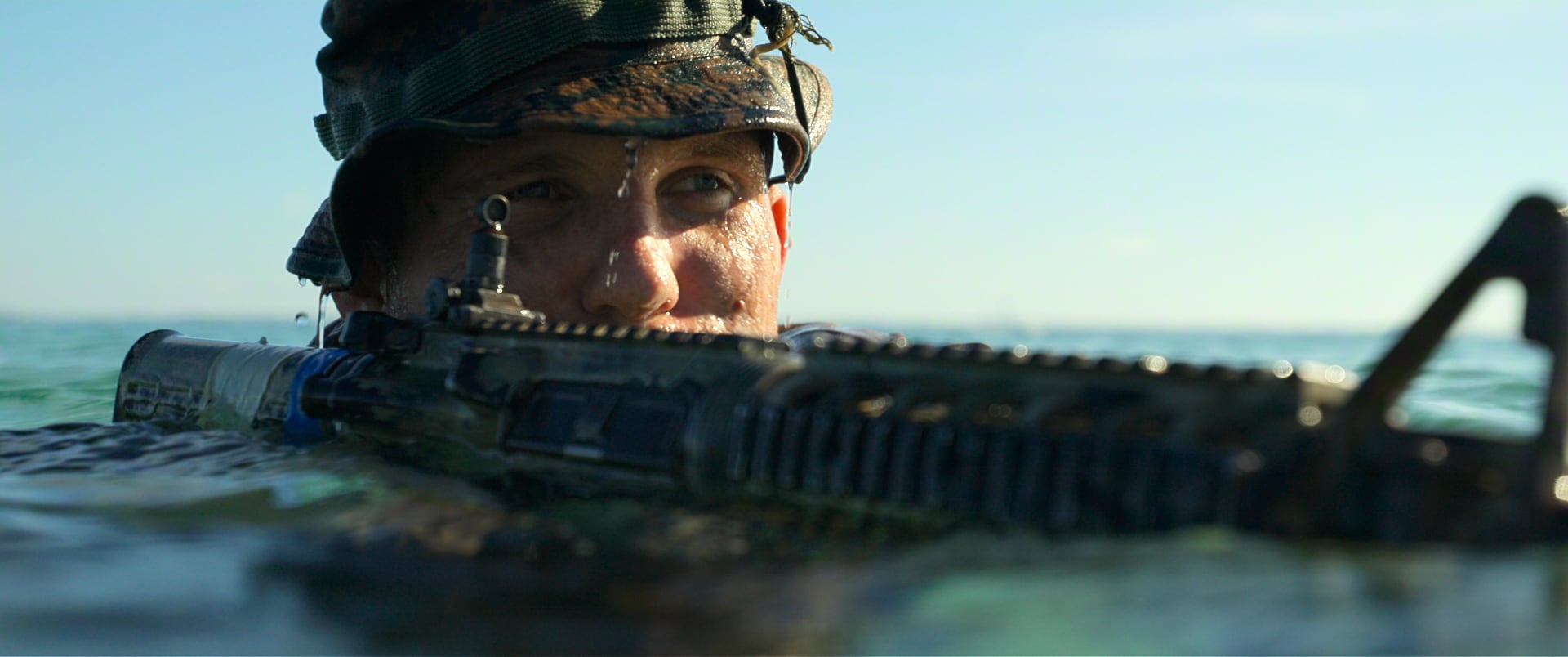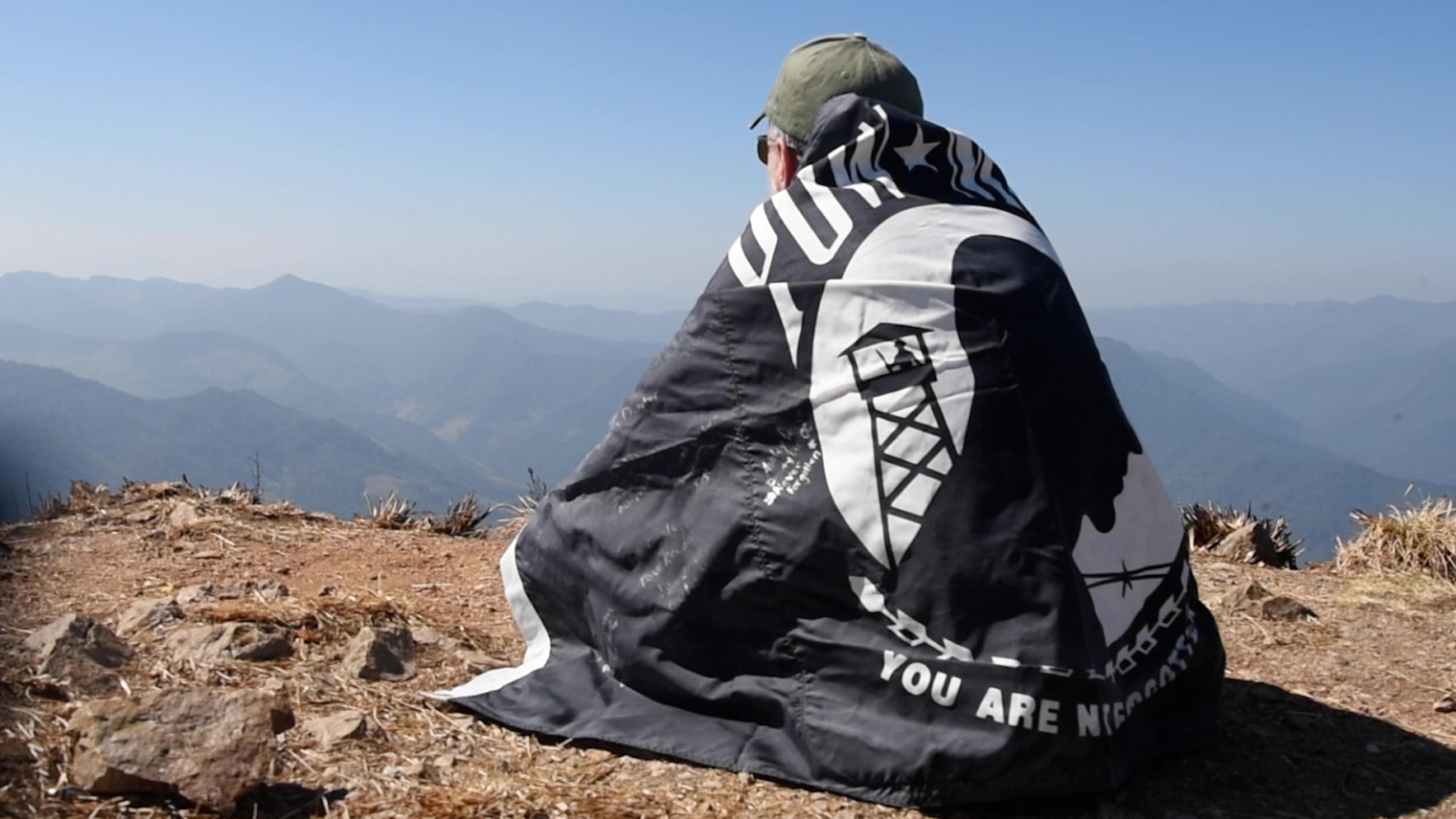The new air campaign targeting Islamic State militants in Libya entered its second day Tuesday as U.S. officials said the operation would last for "weeks" until the extremist group was ousted from its stronghold in the coastal city of Sirte.
U.S. aircraft launched seven strikes during the first two days of the mission. AV-8B Harrier II attack jets from the amphibious assault ship Wasp took part in the airstrikes, said a Pentagon official. Marines from the 22nd Marine Expeditionary Unit are also embarked on the Wasp, which is currently in the Mediterranean Sea.
The strikes are supporting forces loyal to the Libyan "government of national accord," or GNA, which is the new regime that emerged after several years of civil war.
"The objective is to help the GNA to take Sirte," said Navy Capt. Jeff Davis, a Pentagon spokesman. "The duration of this operation will be measured based upon the length of time it takes for them to do that objective."
That will likely take "weeks not months," Davis said.
Islamic State militants, also known as ISIS or ISIL, seized control of Sirte in February 2015.
On Tuesday, two U.S. airstrikes targeted an ISIS rocket launcher and an excavator vehicle. That followed five strikes on Monday that hit two Russian-made T-72 tanks, two military vehicles, an ISIS fighting position and two construction vehicles, Davis said.
Military officials estimate there are fewer than 1,000 ISIS fighters in Sirte, down from several thousand earlier this year.
"We have seen those [GNA] forces work very effectively to collapse ISIS' control down to a very small area, which really comprises the city center of Sirte," Davis told reporters Tuesday.

An AV-8B Harrier II with Marine Medium Tiltrotor Squadron 264 (Reinforced), which is currently deployed with the 22nd Marine Expeditionary Unit, lands on the flight deck of the amphibious assault ship Wasp on July 18. Marine Harriers with the MEU have been flying missions in Libya in support of the fight against the Islamic State group.
Photo Credit: Cpl. John Hamilton/Marine Corps
The GNA "are now at the point where they need help getting across the finish line. This is a chance for us to help them get across the finish line," Davis said.
Officially the campaign is known as Operation Odyssey Lightning and overseen by U.S. Africa Command. The U.S. is using a combination of manned and unmanned aircraft to conduct the airstrikes, Davis said. He declined to say what type of aircraft or which overseas bases are involved.
The airstrikes mark the most significant military operation in Libya since the American-led air campaign in 2011 that ousted its leader, Muammar Gaddafi, which lasted seven months.
U.S. military officials will not say whether there are U.S. troops on the ground in Libya. Small "contact teams" of special operations troops have gone in and out of Libya in recent months to gather intelligence and forge alliances with local militias, officials say.
President Obama's authorization for the use of force is limited to Sirte for now, and military support for the Libyan forces beyond that remains unclear, Davis said.
"The overall commitment of the United States of America to the government of national accord, which we view as the legitimate elected government of Libya, that commitment absolutely will endure. But for right now, the operation we are conducting is in support of Sirte," Davis said.
Reporter Jeff Schogol contributed to this story.
Andrew Tilghman is the executive editor for Military Times. He is a former Military Times Pentagon reporter and served as a Middle East correspondent for the Stars and Stripes. Before covering the military, he worked as a reporter for the Houston Chronicle in Texas, the Albany Times Union in New York and The Associated Press in Milwaukee.





